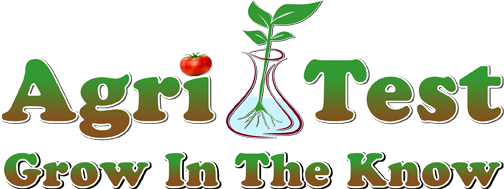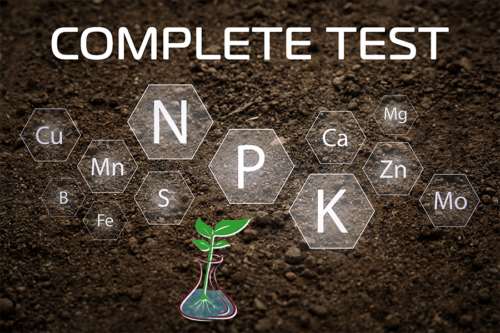The Importance of N, P, & K
N = Nitrogen; P = Phosphorus; K = Potassium
Source: https://www.thespruce.com/what-does-npk-mean-for-a-fertilizer-2131094
When choosing a fertilizer for your garden or container plants, you want to make sure the plants are getting the nutrition theyneed, but there are so many choices when selecting a fertilizer blend. Fortunately, there are rules that all fertilizer makers must follow in labeling products, and understanding the rules makes comparing fertilizers easier.
NPK on a fertilizer package stands for nitrogen, phosphorus, and potassium, the three nutrients that compose complete fertilizers. While the description of the fertilizer may not expressly say “NPK,” you will see a series of three numbers, often separated by dashes. These numbers correspond, respectively, to the percentage of nitrogen, phosphorus, and potassium in that fertilizer.
For example, if you purchase a 10-pound bag fertilizer labeled 5-10-5, it contains 5 percent nitrogen, 10 percent phosphorus, and 5 percent potassium by weight. The remaining 80 percent of the bag’s weight is comprised of minor nutrients or fillers.
The Importance of NPK
Not all types of plants have the same nutrient requirements, and you can sometimes do more harm than good when applying supplements haphazardly. Applying a fertilizer high in nitrogen will cause certain plants to put all their energy into producing foliage at the expense of flowers.
If you have not had your soil tested and do not have a good grasp of how well your soil is meeting the nutritional needs of a plant but still feel the need to feed it at a particular time, you should:
- Use compost instead of chemical fertilizer.
- Apply a slow-release fertilizer, which is less likely to harm plants to any great degree.
Balanced or Complete Fertilizers
Complete fertilizers or so-called balanced fertilizers have equal amounts of NPK. A fertilizer listed as “10-10-10” would be considered a balanced fertilizer because of the equal proportions, while one listed as “10-0-10” would not be considered complete, but referred to as an “incomplete fertilizer.”
An incomplete fertilizer is not necessarily inferior to a complete fertilizer. Identifying the right fertilizer for your needs depends on a variety of circumstances. If your soil already has an excess of one of the three nutrients in NPK, you could actually be harming some of your plants by adding more of it to the soil—in this case, an incomplete fertilizer may actually be the right choice for you. It’s yet another reason why it’s so important to have your soil tested. Otherwise, whenever you add anything to your soil, the effect (whether positive or negative) is left to chance.
Other Ingredients
In addition to the major nutrients that are usually noted on the front label, most fertilizers also include additional ingredients that are listed on a side or back label. This may include other nutrients like calcium, magnesium, iron, micronutrients, and even the percentage of organic matter and fillers. Although the minerals and micronutrients are less critical than the major nutrients, a good fertilizer product will include small amounts of other ingredients as well.
Organic Fertilizers
Products labeled as organic fertilizers must specify which of the nutrients are organic, and they must be identified as either synthetic and/or natural, by percentage. For example, you might read “20 percent of nitrogen (6 percent synthetic, 14 percent organic).”
Strictly speaking, “organic” material is anything that contains carbon atoms. However, in popular usage, we have come to expect that organic fertilizers, like organic food, are manufactured by natural processes and contain nothing synthetic. That tends to be the case with most commercial products, especially as consumers become more educated, but be sure to read the label before you make a purchase.
Keep in mind, organic fertilizers made from natural ingredients often have lower concentrations of the three major nutrients, so you will need to use larger amounts. However, they do contain many other nutrients that feed both the plant and the soil. If using synthetic fertilizer, you should supplement with some type of organic matter, such as compost or manure, to maintain soil health.



